Articles > Geography
If you’re trying out the World Countries By Population In Order Elimination or World Countries Population Sorting Challenge quizzes, you’ll need to know the largest countries in the world. Here are the top 10.
1. India – 1,450,935,791

India, with a staggering population of over 1.45 billion, is the most populous country in the world, only slightly surpassing China. Its growth rate of 0.89% reflects a significant increase in population, highlighting a youthful demographic with a median age of 28. Urbanization continues to rise, with approximately 37% of its population living in cities. The challenges of providing adequate resources, healthcare, and infrastructure for such a large population are ongoing.
2. China – 1,419,321,278

China is the second most populous country, currently home to over 1.41 billion people. However, it faces a declining population growth rate of -0.23%. This is partly due to the one-child policy and an aging population, resulting in unique socio-economic challenges. Urban areas are expanding, with 66% of the population now living in cities, which impacts resource distribution and social services.
3. United States – 345,426,571

The United States, with a population of 345 million, exhibits a growth rate of 0.57%. Its diverse population and robust immigration policies contribute to this growth, making it a melting pot of cultures. About 82% of the population resides in urban areas, which shapes economic and cultural landscapes significantly.
4. Indonesia – 283,487,931
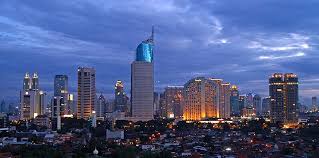
Indonesia ranks fourth with a population of approximately 283 million, growing at a rate of 0.82%. The vast archipelago consists of thousands of islands, which poses challenges for infrastructure and service delivery. Nearly 59% of Indonesians live in urban regions, contributing to rapid urbanization and development pressures.
5. Pakistan – 251,269,164
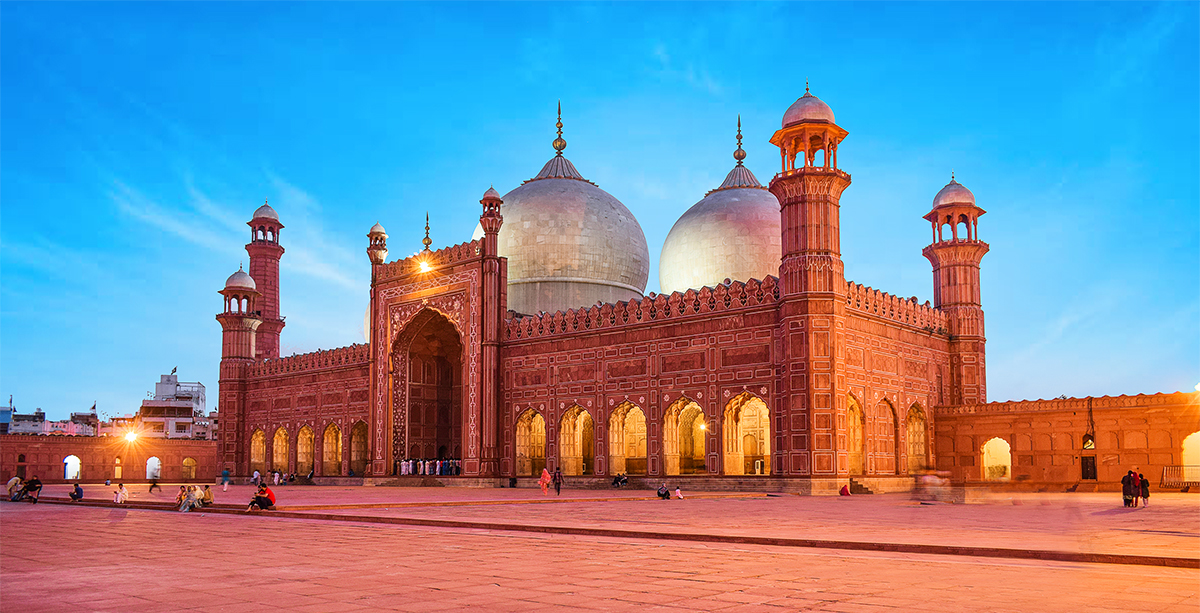
With a population of around 251 million, Pakistan’s growth rate is 1.52%. This dynamic demographic presents both opportunities and challenges in terms of employment, education, and health services. Urban centers are expanding, but rural areas still face significant development gaps.
6. Nigeria – 232,679,478
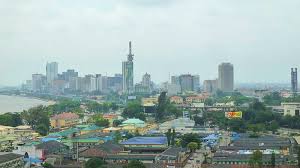
Nigeria is Africa’s most populous country, boasting over 232 million residents and a growth rate of 2.10%. This rapid population increase poses significant challenges, particularly in health, education, and economic development. Over half of the population lives in urban settings, influencing national policy and economic strategies.
7. Brazil – 211,998,573
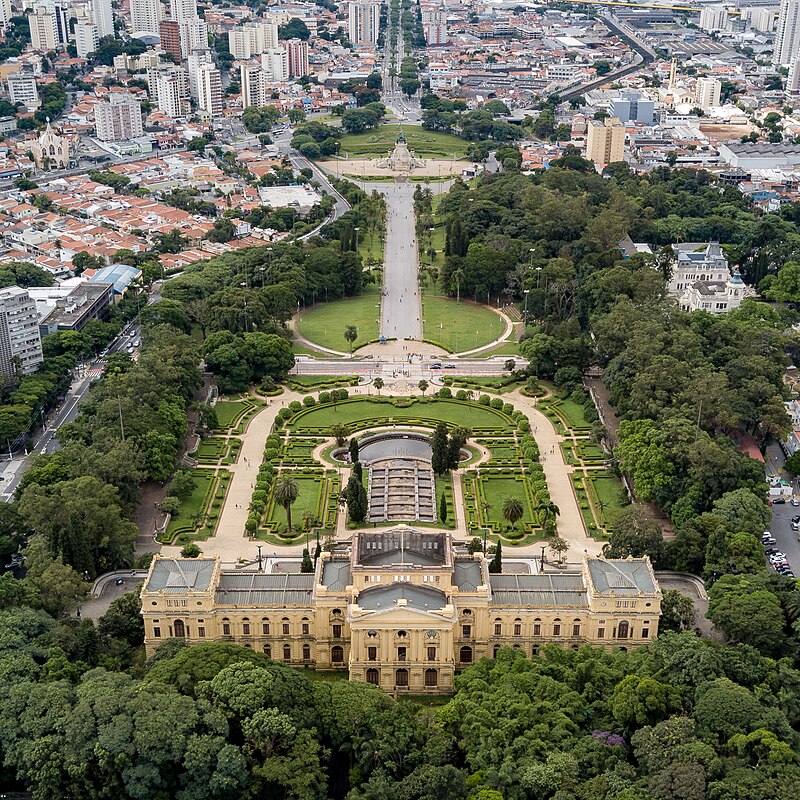
Brazil, with a population exceeding 211 million, shows a growth rate of 0.41%. As the largest country in South America, Brazil’s diverse population and urbanization trends present both cultural richness and socio-economic challenges. Approximately 91% of Brazilians live in cities, leading to complex urban issues.
8. Bangladesh – 173,562,364

Bangladesh has a population of about 174 million and a growth rate of 1.22%. Despite its small land area, it has one of the highest population densities in the world. Urban areas are rapidly growing, making management of resources and infrastructure a pressing issue.
9. Russia – 144,820,423

Russia, the largest country by land area, has a population of approximately 145 million, with a growth rate of -0.43%. The country faces demographic challenges, including an aging population and urban migration. About 75% of its population lives in urban areas, particularly in major cities like Moscow and St. Petersburg.
10. Ethiopia – 132,059,767
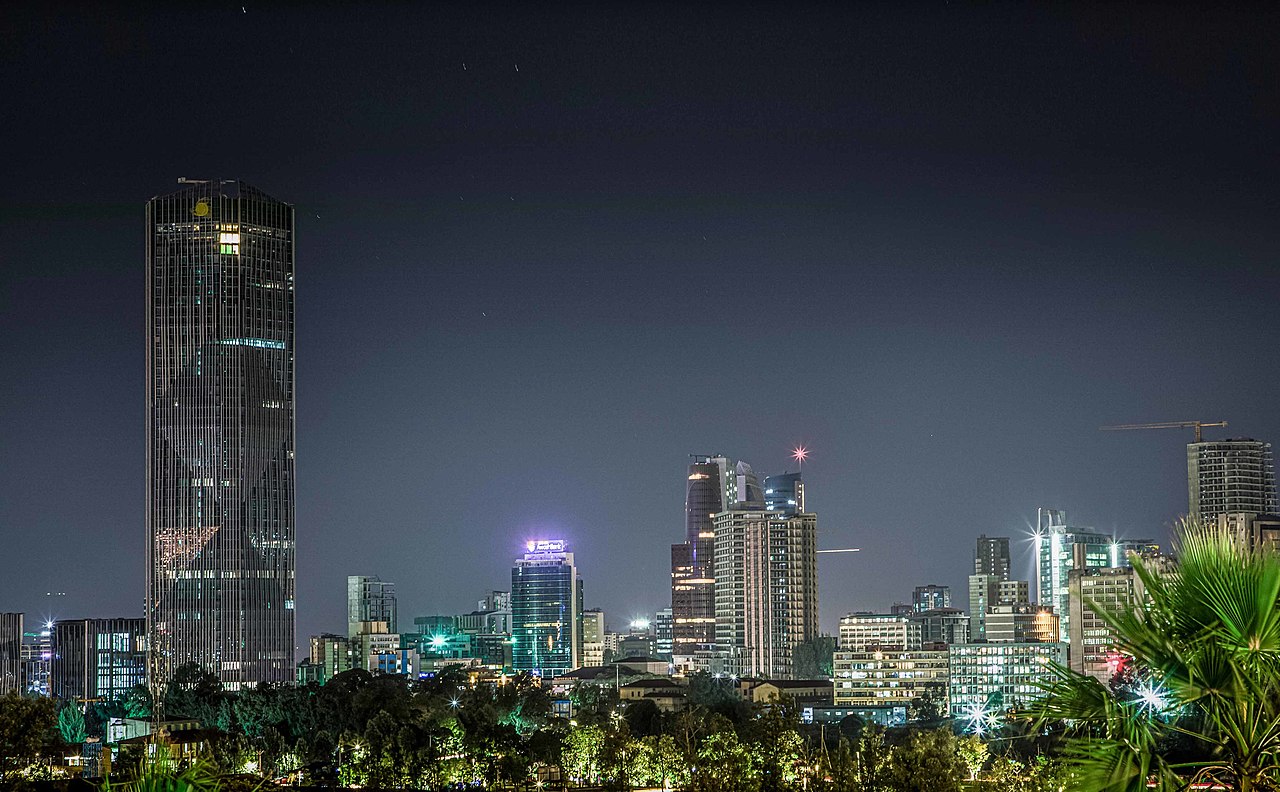
Ethiopia rounds out the list with a population of about 132 million and a growth rate of 2.62%. The country has made significant progress in development, but challenges remain in healthcare, education, and food security. Urbanization is on the rise, with around 22% of the population living in cities.




